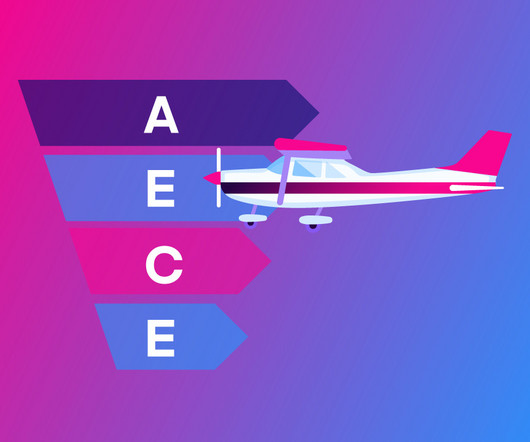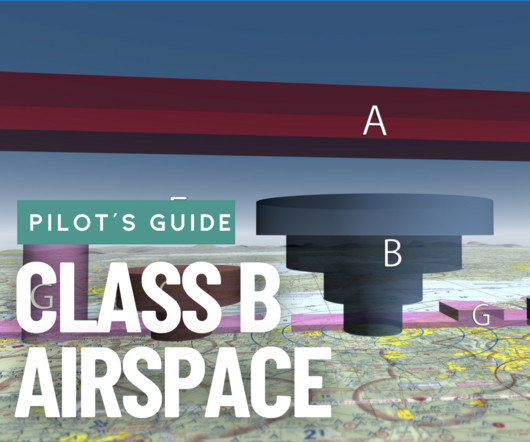Airport Beacons Explained
Pilot Institute
FEBRUARY 12, 2025
Key Takeaways Airport beacons help pilots locate airports during night or low visibility conditions. Airport beacons (also known as airport rotating beacons or aerodrome beacons) are like lighthouses for pilots. Each beacon was mounted on a tall tower and had a powerful rotating light to make it visible to pilots flying at night.











Let's personalize your content